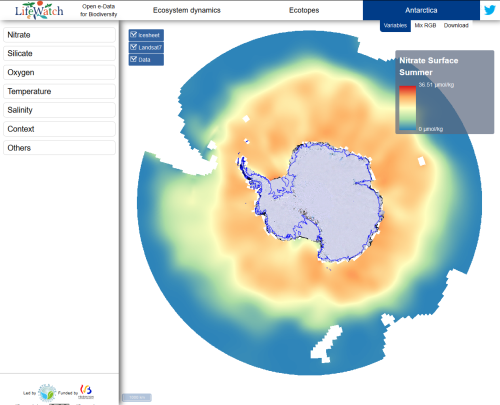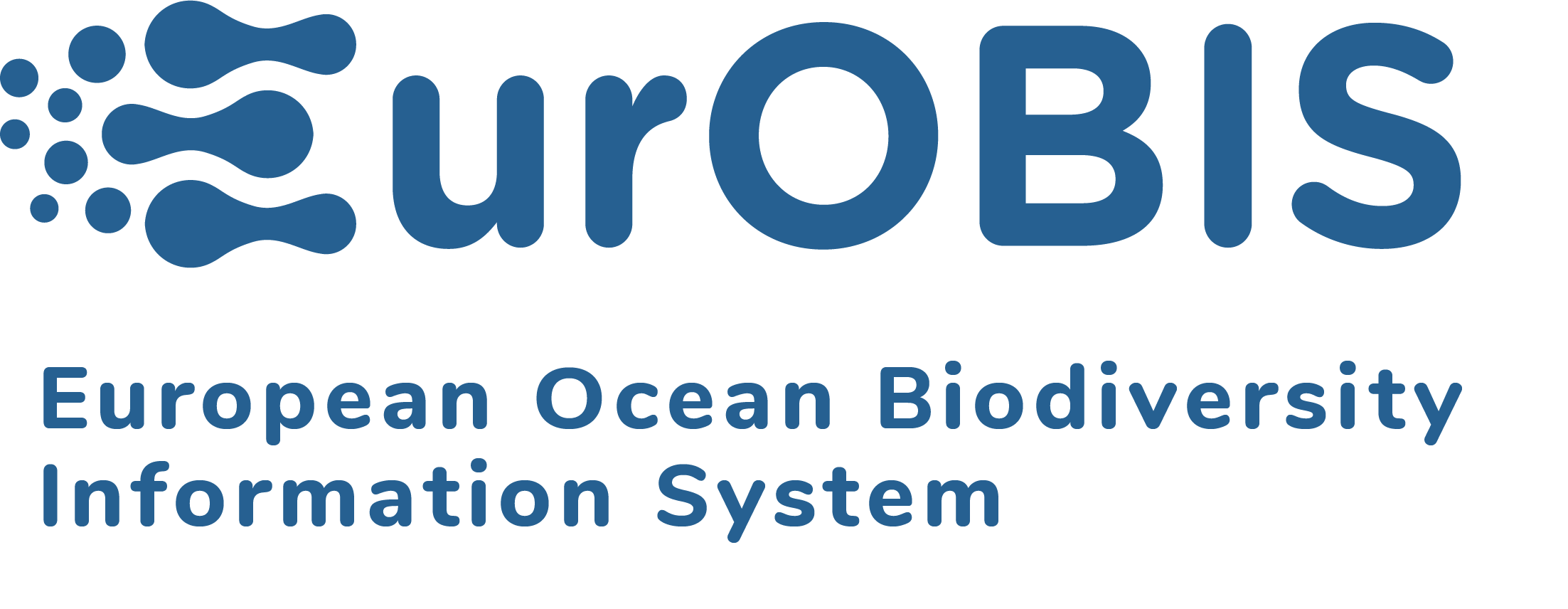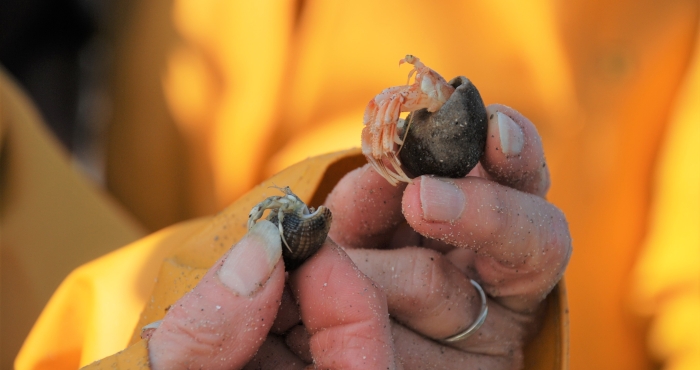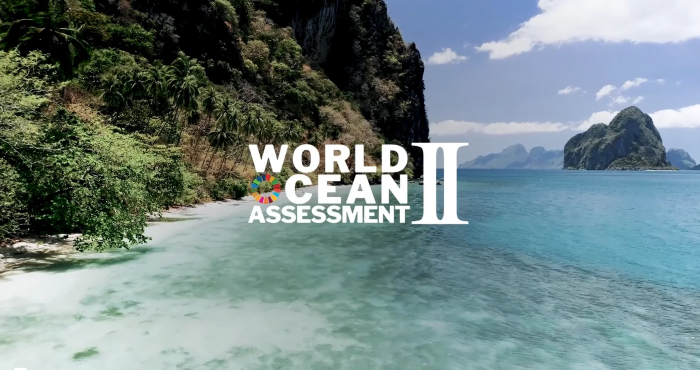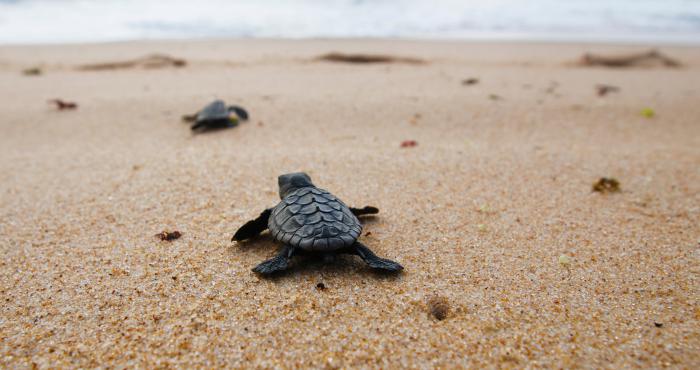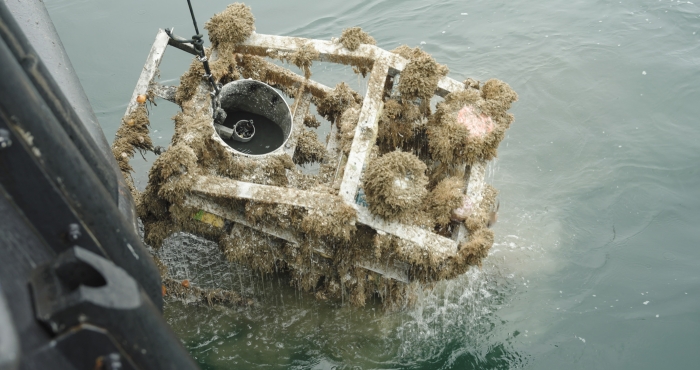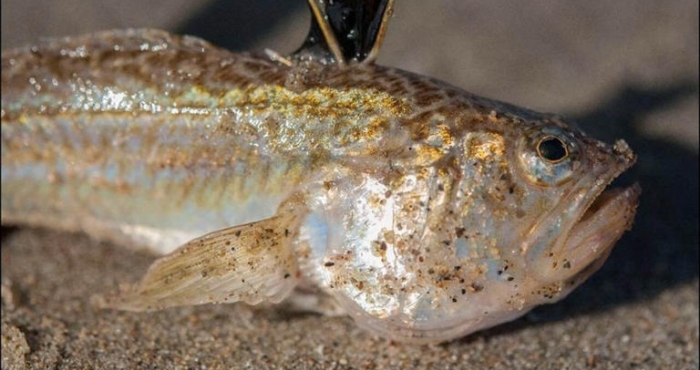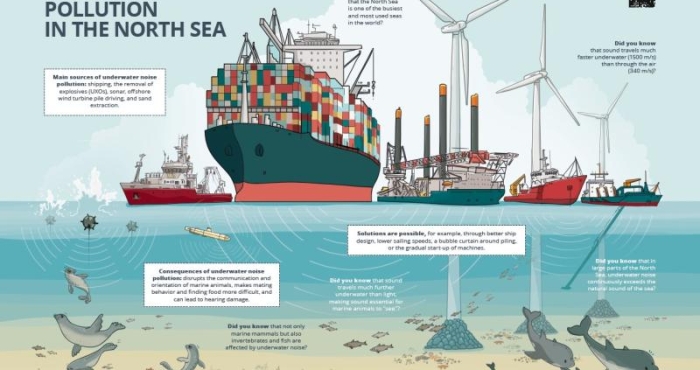
Habitat mapping services
Habitat mapping services provide valuable information about the status of ecosystems,
either assessing the actual biodiversity or predicting the potential biodiversity in a given
spot. This information is of paramount importance to guide restoration efforts and
monitor their impact. LifeWatch has developed several modelling tools to map biotopes
and species habitats, and distributes the results in its WebGIS services.
Ecotopes & ecopatches
LifeWatch has designed a geographic datacube based on irregular polygons to support
various modelling and mapping purposes. These datacubes provide a flexible representation
of the land cover thanks to their quantitative field. In addition, they provide harmonised
information about soil properties, topography, climate, and spatial context. The datacubes
exist at two different scales: one for Belgium (the ecotopes, based on LifeWatch’s 2 m land
cover) and one for Europe (the ecopatches, based LifeWatch’s 10 m land cover). LifeWatch
provides a series of visualisation tools as well as a point-based extraction tool for quick
data access. Advanced users can of course also download the dataset directly.
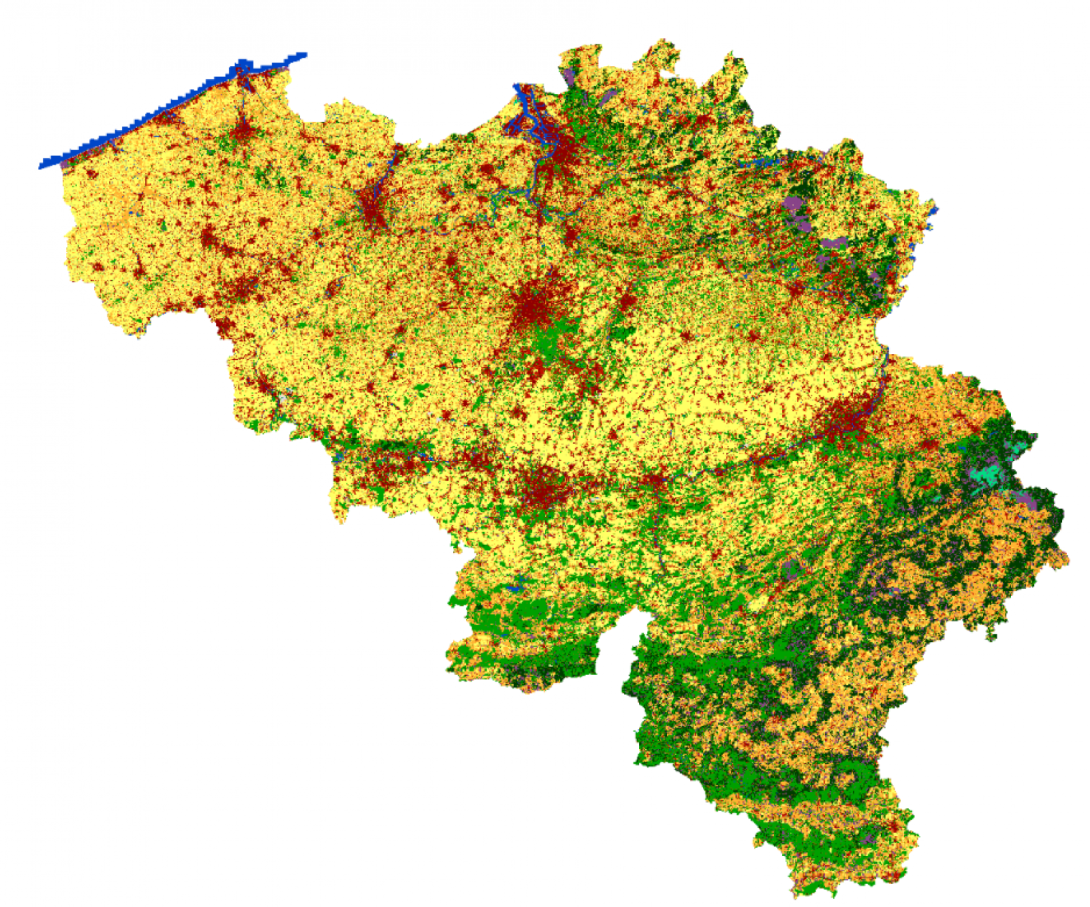
Potential vegetation maps
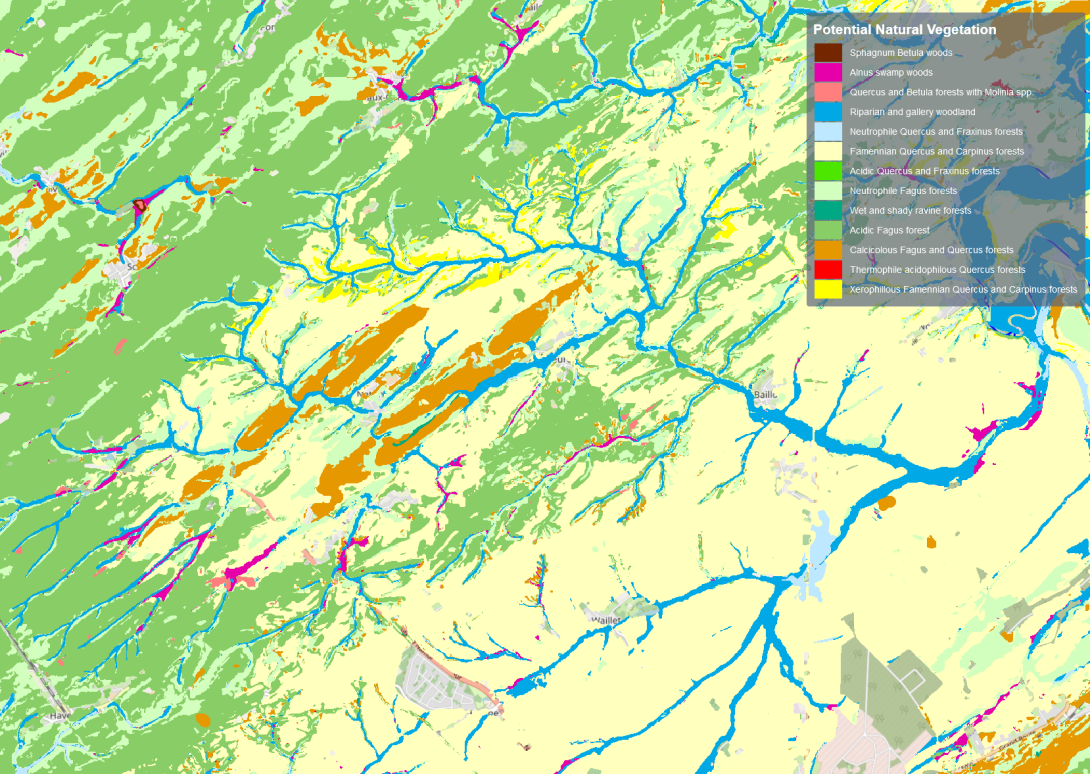
The potential vegetation map is a model based on the environmental variables of the landscape to predict the type of vegetation that could be restored in a given place. This information helps to prioritise the type of ecological network that would bring optimal benefits to the overall biodiversity of the landscape. Combined with the actual land cover, it is also a valuable source of information for underlying species suitability models.
Species abundance maps
LifeWatch combines advanced models and curated species observation with its base layers to model species abundance. These models are indeed necessary to extrapolate local observation to regional scales. Currently, the results of these models are available for 80 bird species, 20 butterfly species and 35 plant species in the Walloon Region.

Antarctic environmental data portal
Bio-ORACLE marine modeling layers
Bio-ORACLE offers essential physical, chemical, biological and topographic data layers with global extent and uniform resolution for modelling the distribution of marine biodiversity. LifeWatch Belgium supports the tools and data infrastructure and web services to access these data layers.

